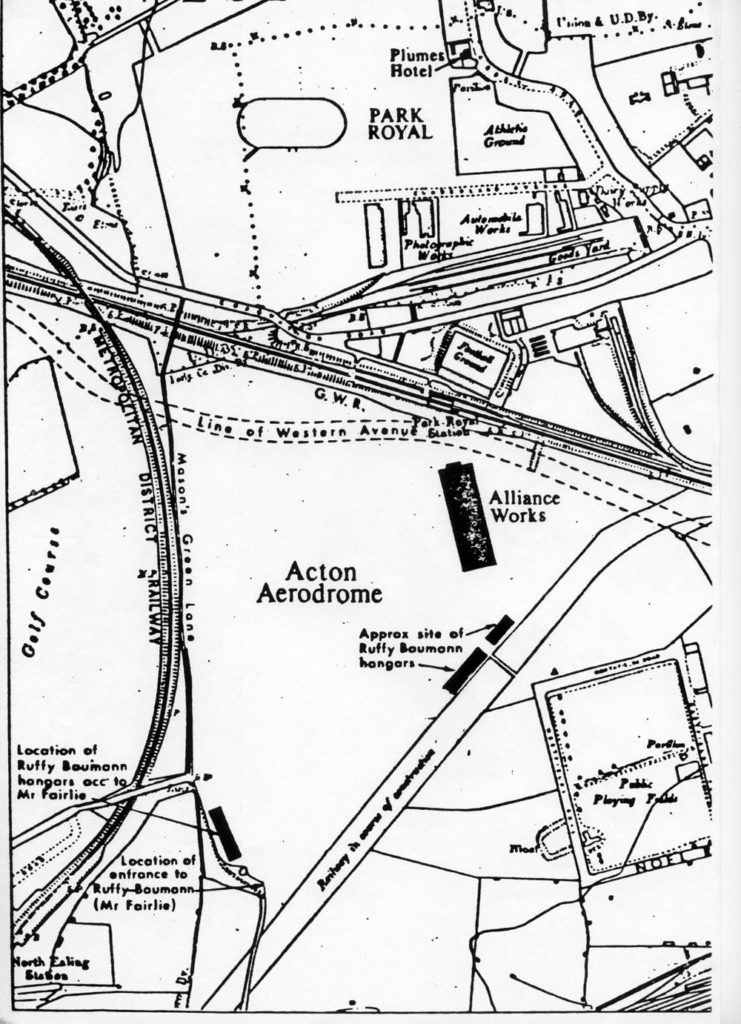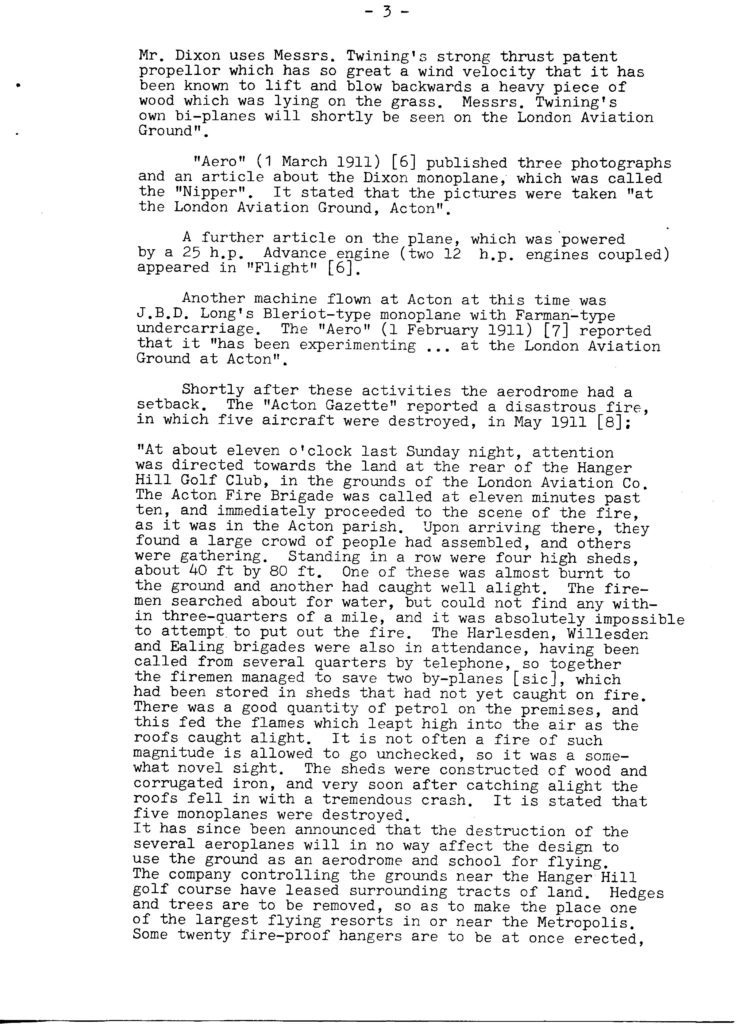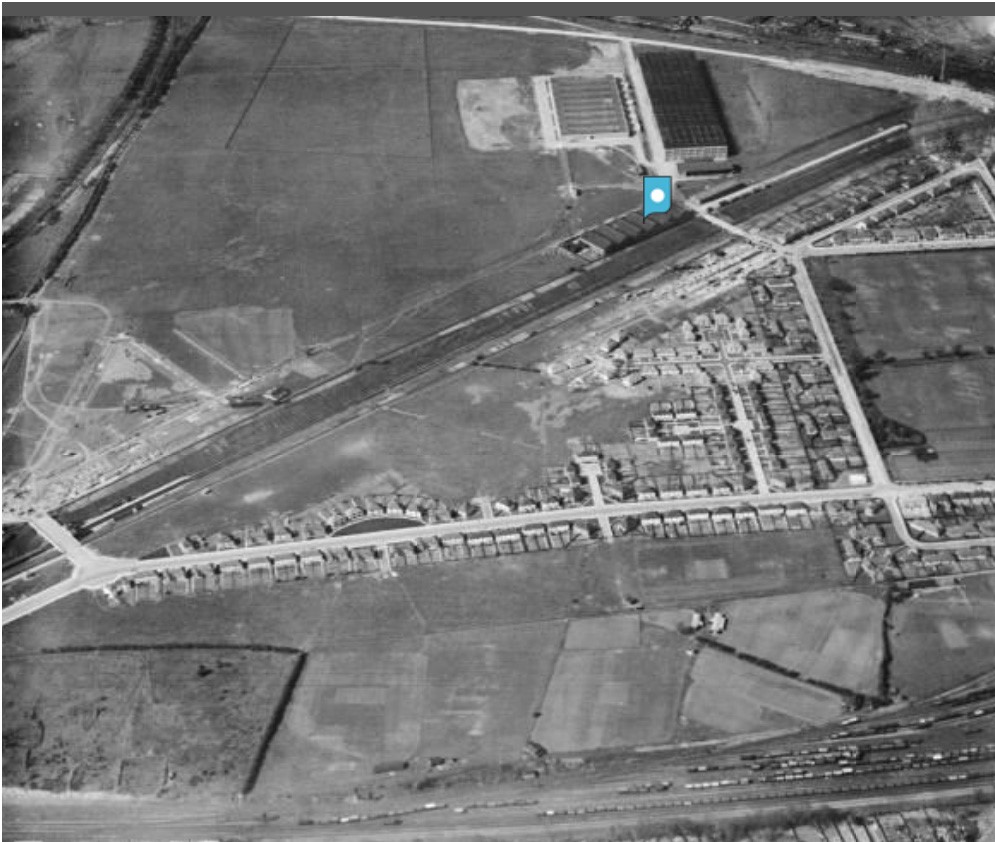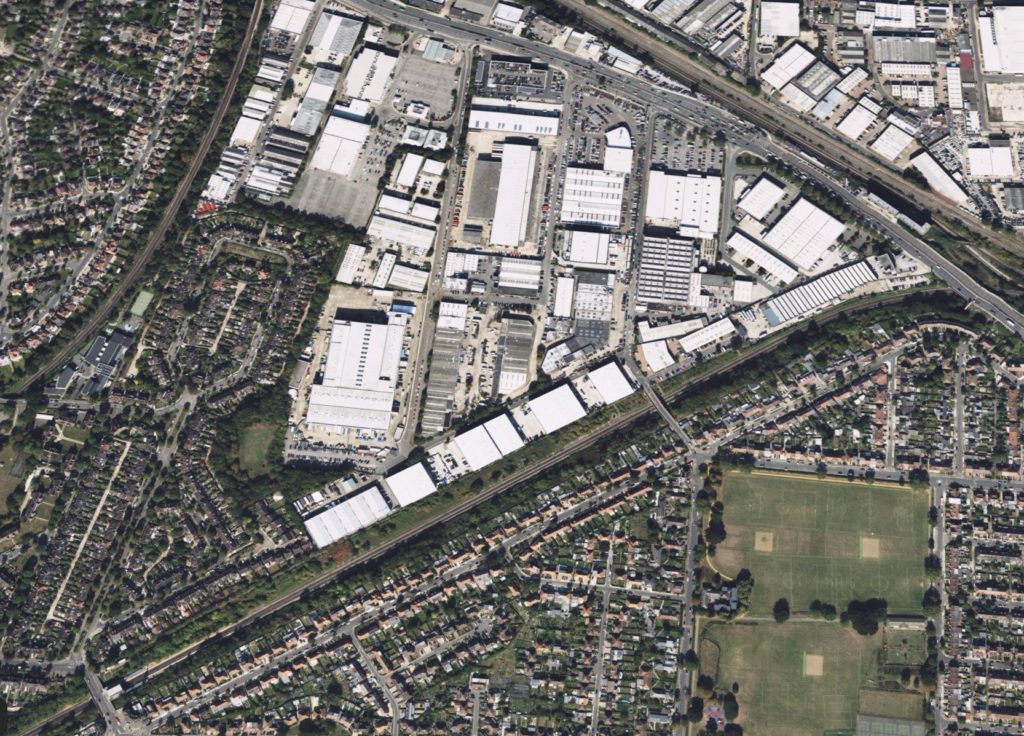Kendal Avenue history and subsequent redevelopment
Alan Taylor
Friday Night Live was on Ch 4 last night. It came from Versa Studios in London. For anybody who had never heard of it, it’s a new studio complex which has been open for less than 12 months and it’s sited in Kendal Avenue, more or less where the staff car park used to be, near where Metal Box was.
I feel that it’s a slightly more fitting replacement than the trampoline halls which replaced the old scanner hall and workshops. That whole area has changed out of all recognition since I first worked for OBs. Features which have long since vanished include the railway siding, originally built to serve the Bluebird toffee factory, which was our building before it became the OB base. Then the other side of the railway siding was the Napier engine factory with its soundproof engine testing shed, which provided much entertainment in the BBC canteen when builders were trying to demolish it with a giant wrecking ball as seen in all the best cartoon films. Further along was an open grassed area which offered excellent opportunities for checking the free air range of radio systems.
All that area was originally part of Acton Aerodrome. Initially opened in 1910. A major setback was a fire which destroyed most of the hangars and aircraft in 1911. It was rebuilt and mostly used for training pilots but the Air Ministry closed it down as it regarded the facilities as inadequate. Alliance road took its name from the Alliance aircraft factory with it’s distinctive ridged roof which is still there. They built DH9 and DH10 aircraft there, but WW1 came to an end soon after and it’s glory days were short lived. It was taken over by Renault for car production and they also built an adjoining factory which is now the Renault main dealer. During WW2, the Alliance factory was used to build wings for Mosquitos and fuselages for Avro Ansons.
Ansons were the first RAF aircraft to have retractable undercarriage. None of your poncey electric motors to do it though. The undercarriage was retracted by the pilot operating a crank handle which needed 144 turns. Unsurprisingly, short flight were often made without bothering to retract the undercarriage.
Geoff Fletcher
Big joke by RAF pilots bored with tooling around with a cargo of air experience ATC cadets in the 1950s was to “invite” one of them to wind up the undercart. After 144 turns your arm was dropping off!
Mike Jordan
Alliance Works was the building alongside the road up to the A40. Some still exists
The building now Vista was built as the Vehicle workshop with a new BBC Club upstairs.
BBC TV News OB units were based there for a while and the spare space at then was where several BBC dramas were recorded.
Radio OBs were across the other side of Kendal Avenue.


This is a photo of the brand new Bluebird toffee factory taken in 1927. It subsequently became the base for BBC TV OBs after they relocated from Wembley.
OB Base under the blue blob. Hangars just above and Central line alongside. A40 at top of frame

Alan Taylor
I did a comparison with how it looks today. I couldn’t get the perspective quite right, but it’s close enough to make comparisons.
Easy points of reference are the two bridges over the central line which runs diagonally across both pictures. The bottom left one is the bridge by North Acton station, while the one centre frame is the one by the Bridge Cafe, leading to Alliance road. The distinctive roof of the Alliance factory is much clearer in this picture. Nearly all the grass has been built on except for in the playing fields, bottom right. The A40 as we now know it didn’t exist in 1928.




